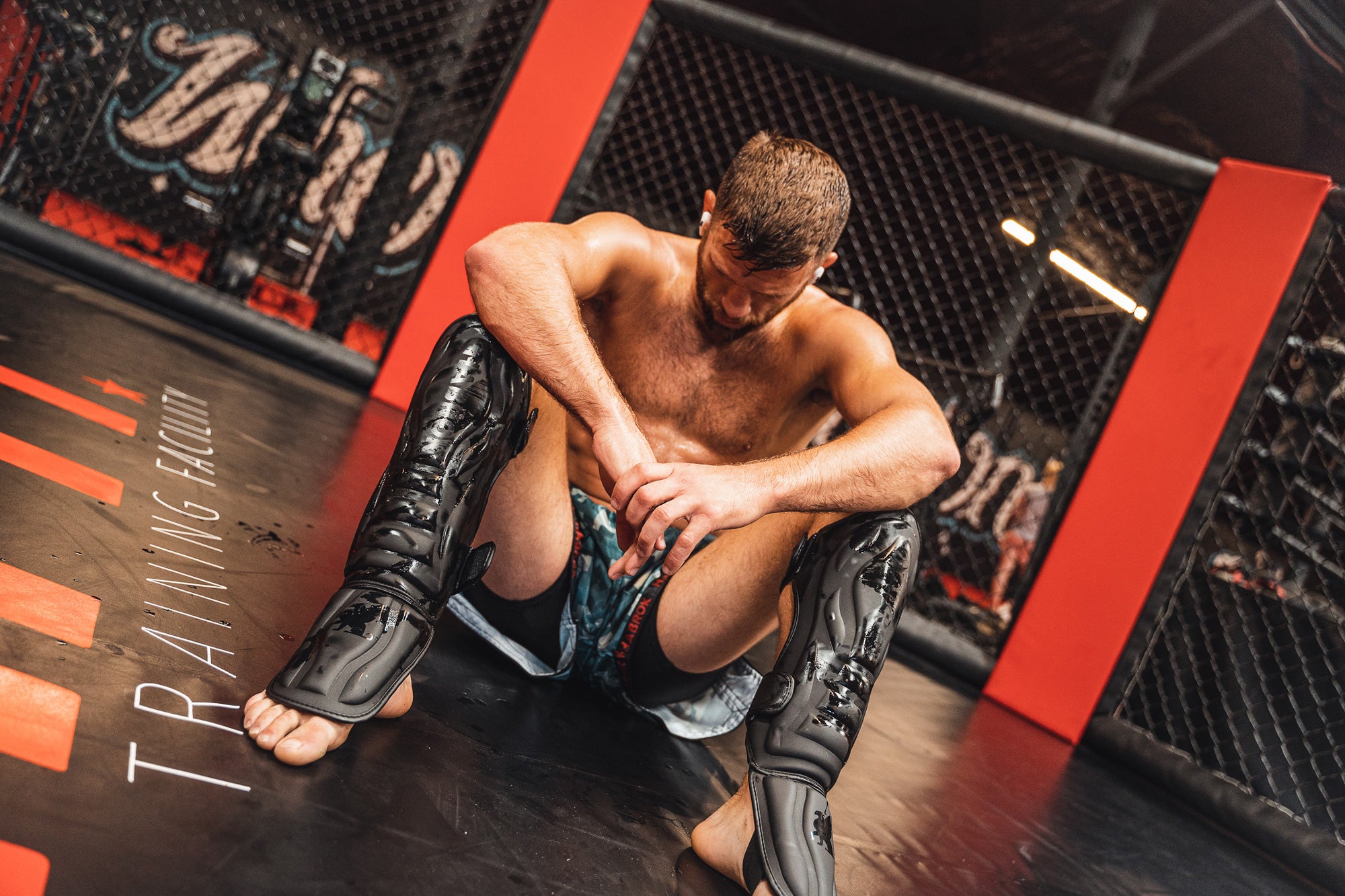Brazilian Jiu-Jitsu (BJJ) has evolved into one of the most popular martial arts disciplines in the world. Originating in Brazil in the early 20th century, it has seen significant changes and adaptations over the decades. This post explores the rich history of BJJ, its transformation from traditional martial art to a globally recognized combat sport, and its current standing in both the martial arts community and competitive arenas.
The Early Days: A Glimpse into History
The roots of Brazilian Jiu-Jitsu can be traced back to traditional Japanese jiu-jitsu. In the late 1800s, Mitsuyo Maeda, a Japanese martial artist, emigrated to Brazil and taught the art to a number of Brazilian students. One of Maeda’s most notable students was Carlos Gracie, who, alongside his brothers, began to adapt and refine the techniques, thus laying the groundwork for what would become Brazilian Jiu-Jitsu.
The Formation of the Gracie Family Legacy
The Gracie family played a pivotal role in the development of BJJ. Carlos and his brothers, particularly Helio Gracie, made significant modifications to jiu-jitsu techniques to prioritize leverage and technique over brute strength. This focus allowed smaller individuals to defend against larger opponents effectively—an essential element that set BJJ apart from other martial arts.
Throughout the 1920s and 1930s, the Gracie family gained notoriety in Brazil by challenging various martial artists to fights, showcasing their skills and proving the effectiveness of their style. This period solidified not only their status but also introduced Brazilian Jiu-Jitsu to a broader audience.
The Rise of Competition: BJJ in the 20th Century
As Brazilian Jiu-Jitsu continued to evolve, it began to gain traction outside its home country. The first Brazilian Jiu-Jitsu tournament took place in 1993, marking the official entry of the art into the competitive realm. The event was groundbreaking and demonstrated the effectiveness of BJJ techniques in a structured format.
The Birth of the UFC
The introduction of the Ultimate Fighting Championship (UFC) in 1993 was a game-changer for Brazilian Jiu-Jitsu. The early UFC events showcased fighters from various martial arts backgrounds, but it was Royce Gracie—son of Helio Gracie—who captured the world’s attention. Royce’s victory represented the effectiveness of BJJ, proving that a smaller, skilled fighter could overcome larger opponents utilizing technique and strategy.
This exposure led to an explosion of interest in BJJ, prompting schools and academies to open worldwide. The combination of practical self-defense techniques and the competitive nature of the sport attracted many individuals seeking to improve their fitness, self-defense abilities, and overall confidence.
The Evolution through The 21st Century
Entering the 21st century, Brazilian Jiu-Jitsu experienced exponential growth, extending its reach beyond competitions and self-defense. What began as a family legacy transformed into a global phenomenon. BJJ practitioners now include men and women of all ages and backgrounds, reflecting the art's growing accessibility.
Significance of Women in BJJ
The inclusion of women in Brazilian Jiu-Jitsu is a notable development. As more women began training, a significant cultural shift occurred. Women, once underrepresented, now dominate competitions and create a supportive community within the sport. Organizations such as the Women’s Brazilian Jiu-Jitsu Association (WBJJA) have been pivotal in advocating for female participation and creating resources for women fighters, changing the landscape for future generations.
The Rise of Online Learning and Social Media
In the age of technology, online platforms have revolutionized how practitioners learn and connect. Instructional videos and tutorials are readily accessible through YouTube and subscription-based platforms. Social media allows athletes to showcase their skills, share tips, and connect with others in the community worldwide.
This online presence has also led to increased sponsorship opportunities for athletes and the introduction of virtual competitions, expanding BJJ’s reach beyond physical events and making training more accessible to individuals around the globe.
The Current Landscape of BJJ
Today, Brazilian Jiu-Jitsu stands as a prominent and respected martial art with several high-profile competitions, such as the World Jiu-Jitsu Championship (Worlds), Abu Dhabi Combat Club (ADCC), and the IBJJF competitions, drawing spectators and participants from all over the world.
Innovative Training Methods
Modern BJJ training has also embraced innovative techniques, incorporating elements from sports science. Coaches utilizing analytical methods to assess performance, improve conditioning, and even incorporate practices like yoga and mindfulness have become more common. This evolution enhances the performance potential of athletes while supporting their physical and mental well-being.
The Role of BJJ in MMA
As mixed martial arts (MMA) gained immense popularity, Brazilian Jiu-Jitsu became an essential component of an MMA fighter’s skill set. Fighters now undergo rigorous training in BJJ, leveraging the techniques learned from the art to execute submissions and grapples effectively in the cage.
Challenges and Opportunities for Growth
As BJJ continues to grow, certain challenges and opportunities lie ahead. The accessibility of information online can sometimes lead to misinformation or watered-down techniques. It is essential for practitioners to seek quality coaching and training to uphold the art's integrity.
Continuing the Tradition of Innovation
To adapt to the dynamic nature of martial arts, BJJ practitioners and instructors must continue embracing innovation in training methods and philosophies. Incorporating new techniques while respecting the traditional roots contributes to the art's evolution. This balance will help foster future champions while preserving the essence of Brazilian Jiu-Jitsu.
Embracing the Future of BJJ
As we move forward, it’s exciting to imagine the future of Brazilian Jiu-Jitsu. With increased global participation, representation of diverse communities, and the ever-evolving techniques within the sport, BJJ is at the forefront of martial arts evolution.
By cultivating a spirit of inclusivity, innovation, and tradition, Brazilian Jiu-Jitsu is well-positioned for a bright future. Whether you are considering training for fitness, self-defense, or competition, BJJ offers something unique for everyone.
As we look to the future, let us embrace the legacy of Brazilian Jiu-Jitsu while fostering a sense of community and honor in our practice. The journey of BJJ is ongoing, and with every roll on the mat, we contribute to its rich narrative. Join the movement, and remember that in the world of BJJ, there’s always more to learn, adapt, and evolve.
Lees meer

In the dynamic world of Mixed Martial Arts (MMA) and Brazilian Jiu-Jitsu (BJJ), where every move counts and every moment shapes your journey, your gear isn't just clothing—it's your armor, your par...

Brazilian Jiu-Jitsu (BJJ) has exploded in popularity over recent years, especially in 2023. This martial art is characterized by its ground fighting techniques that focus on grappling and submissio...


Laat een reactie achter
Alle reacties worden gemodereerd voordat ze worden gepubliceerd.
Deze site wordt beschermd door hCaptcha en het privacybeleid en de servicevoorwaarden van hCaptcha zijn van toepassing.